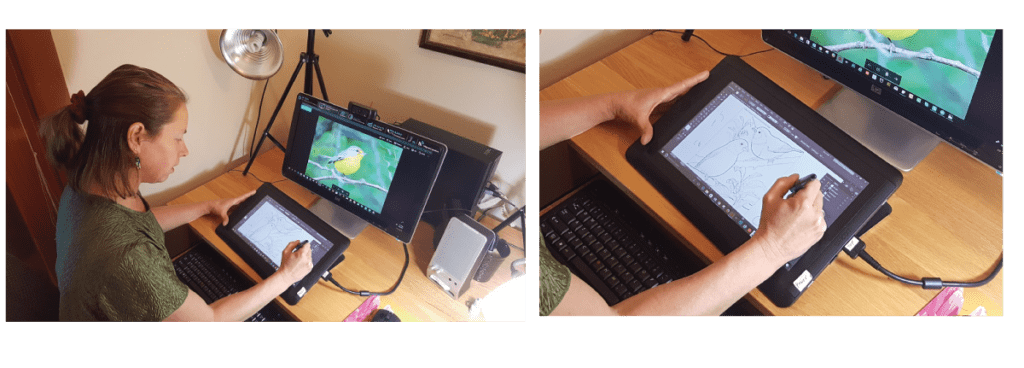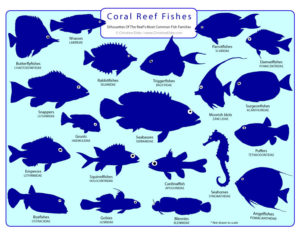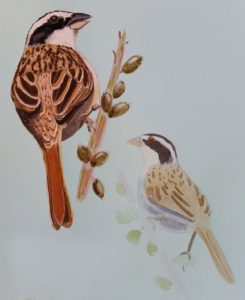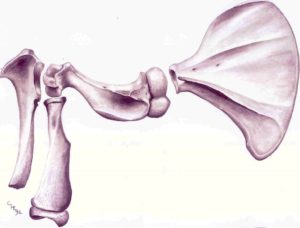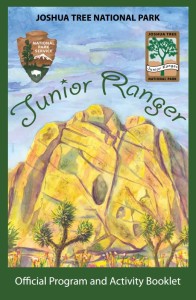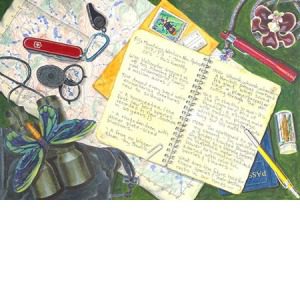I’m lucky to enjoy a fascinating career in the field of scientific illustration and am often asked about what it takes to prepare for a career in this area. So I’ve assembled below some resources, examples, and answers to common questions. Feel free to contact me if you’d like to learn more, or to schedule a live skype session with your classroom. Click here to learn more about the Skype in the Classroom program.
Christine’s Skype-in-the-Classroom supplementary resources
Science Illustration Resources
Christine Elder’s science illustration website: https://www.sciluminart.com/
Guild of Natural Science Illustrators: https://gnsi.org/science-illustration
Best illustration programs in the US:
California State University: https://csumb.edu/scienceillustration
University of Washington: https://www.pce.uw.edu/certificates/natural-science-illustration
Johns Hopkins Art as Applied to Medicine Program: http://medicalart.johnshopkins.edu/
Examples of scientific/biological illustration projects
Educational graphics
Field guides (bird identification)
Trail signs
Textbooks (chemistry)
Package design
Anatomical studies
Children’s nature books
Informational graphics
Answers to common questions I receive about my career in science illustration
Job Title/Career Area: Scientific Illustration
Who employs a scientific illustrator? Scientists, natural history museums, zoos, aquariums, parks, publishers, research institutions, government agencies, non-profit environmental organizations.
Examples of projects? Creating illustrations (and sometimes graphic designs) for nature books and textbooks, science magazines, displays in a museum or along a nature trail,
Description of job duties: Creating illustrations and graphic designs for clients. In addition, since I am self-employed, I need to spend a lot of my time running my business and finding new clients.
What techniques do you use? Digital techniques using Adobe Photoshop and Illustrator with my Wacom Cintiq tablet, and traditional techniques using pen, pencil, watercolor, and scratchboard.
How did you become interested in this field? Always loved both art and science, but didn’t realize until college that there was a career in it, even though I’d seen examples of it many places – science textbook, nature trail signs, museum and zoo displays
On a scale of 1-10, how challenging is your job? 10, but in a good way. I have the personality that would be bored in a normal, predictable job in an office.
What is the most challenging aspect of your job? Getting clients! Most illustrators work as freelancers, running their own businesses as I do, so it is a never-ending job to find new clients and to run the behind-the-scenes business end; including maintaining a website, marketing, and bookkeeping.
Describe the training/education you completed to get to this place in your career.
I earned bachelor’s and master’s degrees in Biology from California State Universities and a Graduate Certificate in Science Illustration from the University of California. I have been working in this field since 1990, in both paid and internship positions.
How has your education/training been an important part of your job success? Everything!
What skills are important to your profession? Proficiency in a variety of traditional and digital art techniques, a strong understanding of biological principles, especially anatomy and ecology. In addition, one needs to have good communication skills and business skills since most of us are freelancers running our own businesses. This is due to the fact that few organizations that would hire you have enough of an ongoing need (or budget!) for this specialty, so they hire you for individual projects as the need arises.
What are the personal qualities of a successful scientific illustrator? Creative, self-motivated, works well with others, outgoing and independent, meticulous, meets deadlines and able to handle constructive criticism.
Have you ever faced any obstacles while pursuing this career? Yes, absolutely! But nothing worth having is easy. College was challenging for me, especially chemistry and physics, plus I had to work part-time as a waitress to support myself and pay my tuition. After I graduated and began to pursue my profession, the obstacles I had to overcome included developing the self-confidence and business skills to run my own business.
What do you feel are the highlights of your career? I love doing projects that the general public can see and enjoy (especially kids), like my Joshua Tree National Park Junior Ranger book. I also love teaching people how to draw and seeing the joy in their faces and their confidence building as they successfully draw their first bird or flower in one of my workshops.
Do you have any advice you would like to give students? Dream big, follow your heart, keep options open, don’t decide on a career too early, explore everything, plan a gap year between high school and college to travel to gain compassion and understanding of other cultures. Do internships and volunteer for organizations in your field of interest.
Want to learn more?
Feel free to contact me if you’d like to learn more, or to schedule a live skype session with your classroom.
Teacher Testimonial
-Amanda Mackereth, Spectrum High School, Minnesota

